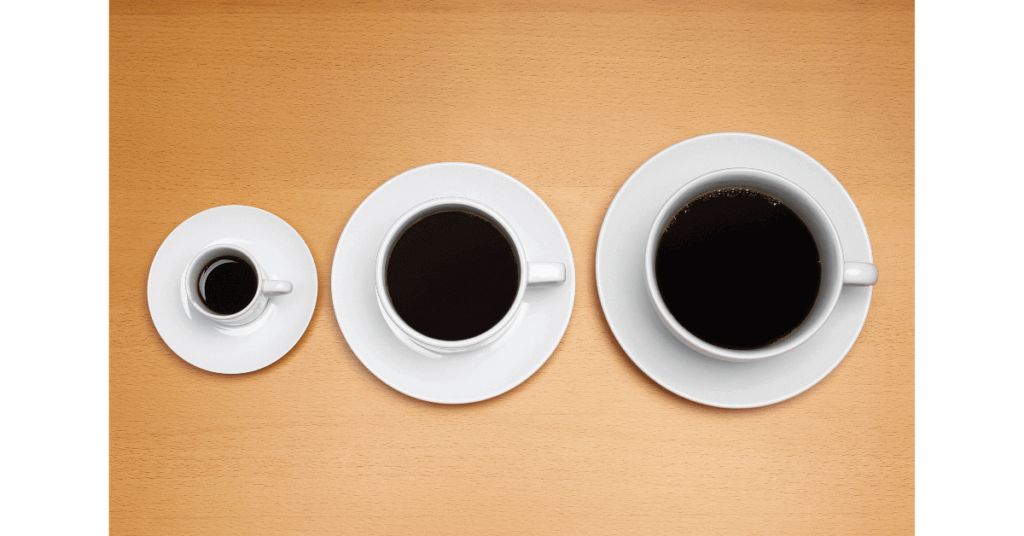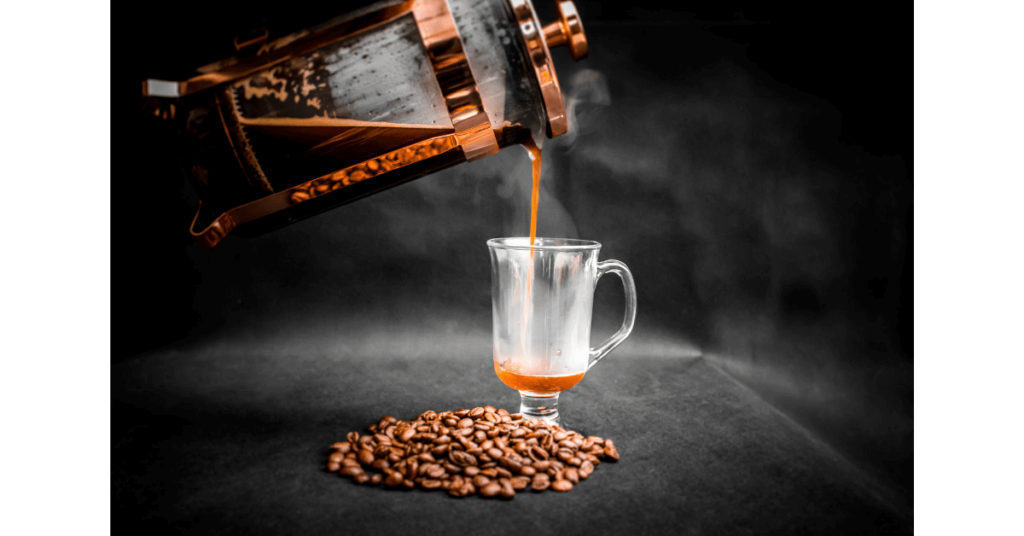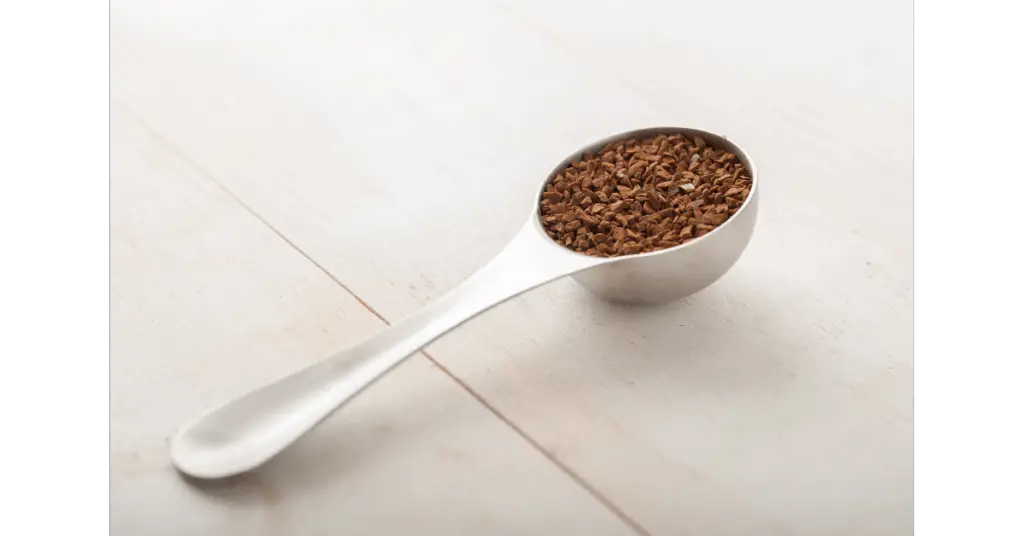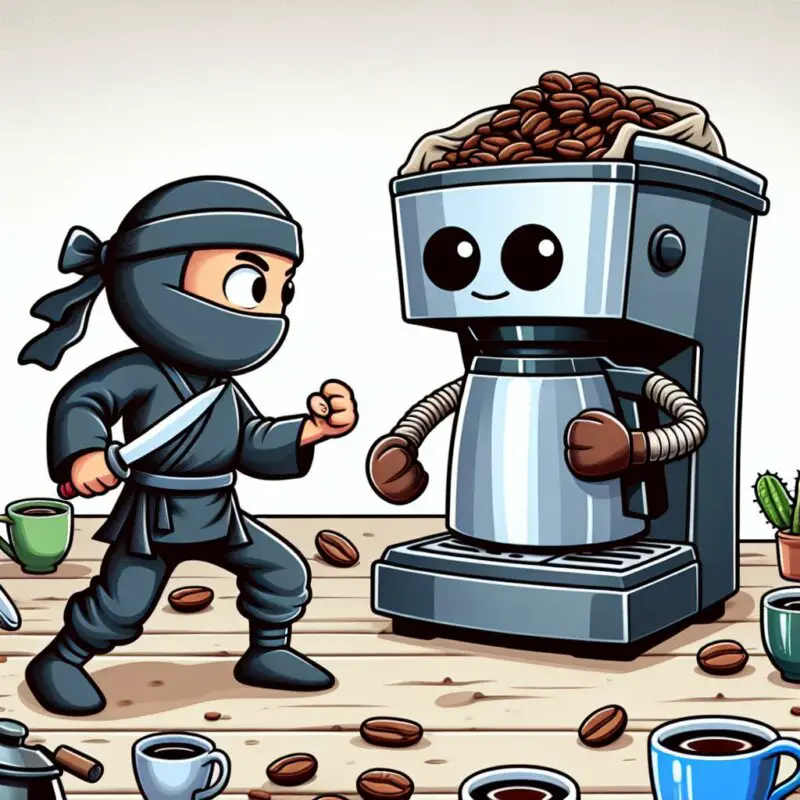This post may contain affiliate links. Please read my disclosure for more info.
EasyToEspresso.com aims to make great coffee accessible to all. It’s a dream I’m passionate about bringing to life.
You deserve to enjoy amazing drip coffee and easily explore advanced brewing techniques. With access to top-notch beans and all the best tips, you can quickly go from a coffee newbie to a master barista!
Getting the right coffee to water ratio can seem tricky for new coffee lovers, but it’s essential. Mastering how to measure your coffee correctly is key to making a great cup, no matter how you brew it (except for using coffee pods, of course).
I created a handy calculator to simplify your coffee-making process. It includes presets for popular brewing methods based on how strong you like your coffee. But remember, everyone’s taste is different. Don’t be afraid to experiment with different brew ratios to discover what you love most. Happy brewing!
Coffee Calculator
How Do You Read a Coffee to Water Ratio?
Imagine you’re making a coffee and you come across a ratio like 1:3. This simply means for every 1 part of coffee, you add 3 parts of water. Think of it as mixing 1 gram of coffee with 3 grams of water, or if you’re making a big batch, 1 pound of coffee to 3 pounds of water. It’s all about balancing the coffee to water weight!
If math confuses you, just remember this simple tip:
The higher the second number, the weaker the coffee.
1:3 is a lot stronger than 1:10.
How Many Ounces in a Coffee Cup?
It can be puzzling, right? If you’re familiar with the US’s 8-ounce cup standard, you might wonder why your 12-cup coffee maker doesn’t actually make 12 full cups of coffee. Let’s dive into why that happens.
Did you know a cup of coffee isn’t the same size everywhere? In Canada, it’s 7.6 oz, but in Japan, it shrinks to 6.7 oz. And if we’re talking metric, a cup fills up to 250 milliliters, or roughly 8.45 oz. Interesting, right?
Oh, and that American cup? Technically it’s 8.12 ounces.

Coffee makers can be confusing! They might say they make 12 cups, but actually, they only fill up to 72 oz. That’s about 9 regular US coffee cups. So, when you’re brewing, remember the numbers on the machine might not match up with what you expect!
This coffee calculator keeps it simple by using an 8 oz cup as its standard. But, if your cup size is different, no worries! Just switch to the ounce option to find out how many grams of coffee you’ll need. Perfect for beginners!
Forget about the confusing marks on your drip coffee maker. Simply find out how many 8-oz cups fit into your carafe up to the fill line. This will tell you exactly how many cups of coffee you can make in one go.
What Is the Best Coffee to Water Ratio?
Each brewing method, like immersion, drip, or espresso, needs its own amount of coffee grounds. That’s because they all use different brew times, temperatures, and pressures to make your coffee.
Want a bolder cup? Use more coffee grounds or less water. But, there’s a catch to how much you can tweak this. We’ll dive into that below.
Let’s dive into different coffee makers and the perfect coffee ratios for each. Get ready to brew like a pro!
Drip coffee ratio
Not sure about your coffee maker? Chances are, it’s a drip coffee maker. These are super popular because they’re easy to use and always make decent coffee. Perfect for your daily cup!
To whip up a tasty drip coffee, start with a 1:17 coffee-to-water ratio. It’s perfect for those who enjoy a casual cup. But if you’re craving something with a bit more punch, don’t hesitate to amp it up to a 1:15 ratio. This little tweak makes your coffee stronger and more flavorful.
Wondering how much coffee to use for the perfect cup? If you like your coffee on the lighter side, start with about 2 and 2/3 tablespoons (that’s 2 tablespoons plus 2 teaspoons) for each cup in your drip coffee maker. Prefer it stronger? Go for roughly 3 and 1/3 tablespoons (or 3 tablespoons and 1 teaspoon) for a bolder taste. It’s all about finding your perfect balance!
How much coffee do you need for 12 cups? Let’s find out and brew the perfect pot!
Ever run into the ounces-per-cup puzzle? Many 12-cup coffee makers use 6-ounce cups. So, for a full pot of coffee with just the right strength, you’d need 25 tablespoons of ground coffee. It’s a handy tip for brewing the perfect batch!
French press ratio

French press coffee packs a punch! It’s richer and bolder than your typical drip brew. New to French press? Try mixing coffee grounds and water at a 1:16 ratio for a gentler introduction. But, if you’re all about that strong coffee life, you might find this blend too light. Don’t worry, you can level up to a more intense 1:10 ratio to really satisfy your taste for a robust cup.
For a perfect cup of French press coffee, use roughly 4 and 2/3 tablespoons (4 tablespoons and 2 teaspoons) at a 1:10 ratio.
Cold brew ratio
Cold brew stands out because it creates a strong coffee concentrate. Remember, the measurements we talk about are for this concentrate, not the lighter coffee you drink after diluting it.
For beginners, a cold brew coffee ratio of 1:8 is a great starting point, creating a brew that most coffee lovers will enjoy. If you’re up for a stronger taste, you can venture up to a 1:5 ratio. Happy brewing!
Finding your perfect cold brew coffee strength is a fun experiment! It’s all about playing with water – some like to add more water when brewing and less when diluting, while others do the opposite. The key is to adjust the brewing and diluting stages until you hit your sweet spot for the ideal cold brew.
Pour over coffee ratio
Explore the world of pour-over funnels! Each type has its unique coffee-to-water ratio, perfecting your brew.
Pour over fans are passionate about their brew methods, and there’s plenty of advice out there. I’ll share some basic tips to get you started, but I bet you’ll soon be crafting your own perfect pour over routine.
V60 ratio
Dive into the world of pour-over coffee with James Hoffman’s famous V60 recipe. He suggests using a 1:16.7 coffee-to-water ratio. It may seem light, but this ratio brings out the rich, intricate flavors that make pour-over coffee uniquely delicious.
Chemex ratio
Using a Chemex? Kick things off a bit bolder than with a V60 – try a 1:15 coffee-to-water ratio and tweak as needed. Fun fact: it’s the same strength as a hearty drip coffee!
The coffee golden ratio
Let’s talk about a term you’ll hear often: the golden ratio for coffee. This idea comes from the Specialty Coffee Association (SCA). They created it to help everyone make a perfect cup of coffee, known as the Golden Cup Standard.
Discover the magic of the golden ratio, about 1:18, for a milder brew. Though it’s a hot topic, it’s not one-size-fits-all. It works best with specific brewing styles and tastes. My tip? Stick to the recommended ratios for each brewing method or experiment to find your perfect match, rather than chasing this elusive standard.
How Many Scoops of Coffee Per Cup?
For the perfect cup of drip coffee, measure out 1.5 scoops of coffee grounds. Each scoop should be flat and hold 2 tablespoons. This simple tip will help you brew a delicious cup every time!

Not every coffee scoop is the same size. To really know how much coffee you’re using, grab a measuring tablespoon. This way, you’ll figure out exactly how many scoops you need for a perfect cup with your own coffee maker.
Adjusting the Coffee Grounds to Water Ratio
Using more coffee grounds or less water makes your coffee stronger. But, there’s a limit! Even if you love a bold cup, going too far can turn your coffee into something like thick sludge. Keep it balanced for the best taste.
Finding the perfect coffee strength is a fun journey, but how do you know if you’re using too few or too many coffee grounds? Let’s dive into what happens when your coffee experiments get a bit too adventurous!
What if you add too few coffee grounds?
You might think adding more water means a less strong coffee. And you’re right, but only up to a point. Add too much, and you’ll get flavors you probably won’t like. Keep it balanced for the best taste.
Using too little coffee for the amount of water can lead to over-extraction. This makes your coffee bitter, hiding its true, rich flavors. Aim for the right balance to enjoy every sip!
What if you add too many coffee grounds?
If you adore bold coffee, try increasing the coffee-to-water ratio by adding extra grounds. However, be cautious! Going overboard can actually spoil the taste of your coffee, turning your perfect brew bitter. Keep it balanced for the best flavor.
If you don’t extract your coffee enough, you’ll miss out on its rich, complex tastes. You’ll only get the sour bits, leaving all the sweet goodness behind in the grounds. So, instead of a bolder brew, you’ll end up with a cup that just doesn’t taste as good.
Should You Weigh Your Coffee and Water?
Coffee pros suggest using a scale for your beans and water, not just measuring cups.
When brewing coffee, especially with techniques like the inverted AeroPress or pour-over, using a scale to weigh your water can be a game-changer. It’s simpler and more precise than guessing with measuring cups, ensuring your coffee tastes just right every time.

When it comes to coffee grounds, precision is key. Swapping out the tablespoon for a scale can make a big difference. Here’s why: the amount of coffee you get from grinding beans varies with the grind size. Fine grinds take up less space because they pack together more tightly than coarse grinds. However, the weight of the beans doesn’t change, whether they’re ground fine, coarse, or left whole. So, for a perfect brew, weighing your beans is the way to go.
Many folks stick to scoops or measuring spoons for their coffee, and that’s totally fine. But, if you’re ready to seriously up your coffee game, consider using a kitchen scale. It can transform your brewing to perfection.
How Many Cups of Coffee in a Pound of Beans?
Ever wondered how much coffee a bag of beans will give you? Let’s keep it simple, so you can figure out how much to buy without getting too technical. This way, you can plan your shopping trips easily!
Did you know a pound of coffee beans weighs 454 grams? When brewing a robust cup of drip coffee using a 1:15 ratio, you’ll need about 15.8 grams of coffee per cup. This means from one bag, you can get a little over 28 cups – that’s two full 12-cup pots and some extra coffee to spare! Opting for a French press with a stronger 1:10 ratio? You’ll use 23.7 grams per cup, allowing you to enjoy 19 delicious cups from a single bag.
Diving into a 1:5 coffee ratio means using 47.3g per cup, letting you brew about 9 cups from one pound of beans. Even if you love your coffee strong, think twice. Making it too concentrated can quickly drain your wallet. It’s a good tip for those who enjoy their brew but want to keep costs down.
The Measure of a Coffee
To elevate your coffee game, remember these key tips: First, invest in a quality coffee grinder. Always avoid old coffee. Plus, mastering the art of measuring coffee grounds is crucial. Why? Because coffee cup sizes vary and each brewing method requires a different amount of coffee.
My mission was simple: guide you to confidently brew coffee with the ideal grounds-to-water mix. Plus, I aimed to empower you to tweak that ratio, mastering the art of finding the perfect amount of coffee per cup for your dream brew.
Discover the magic of our coffee ratio calculator! If it boosts your brew, tell us. Need more coffee math? Share what tools you’d love for your coffee adventure.



